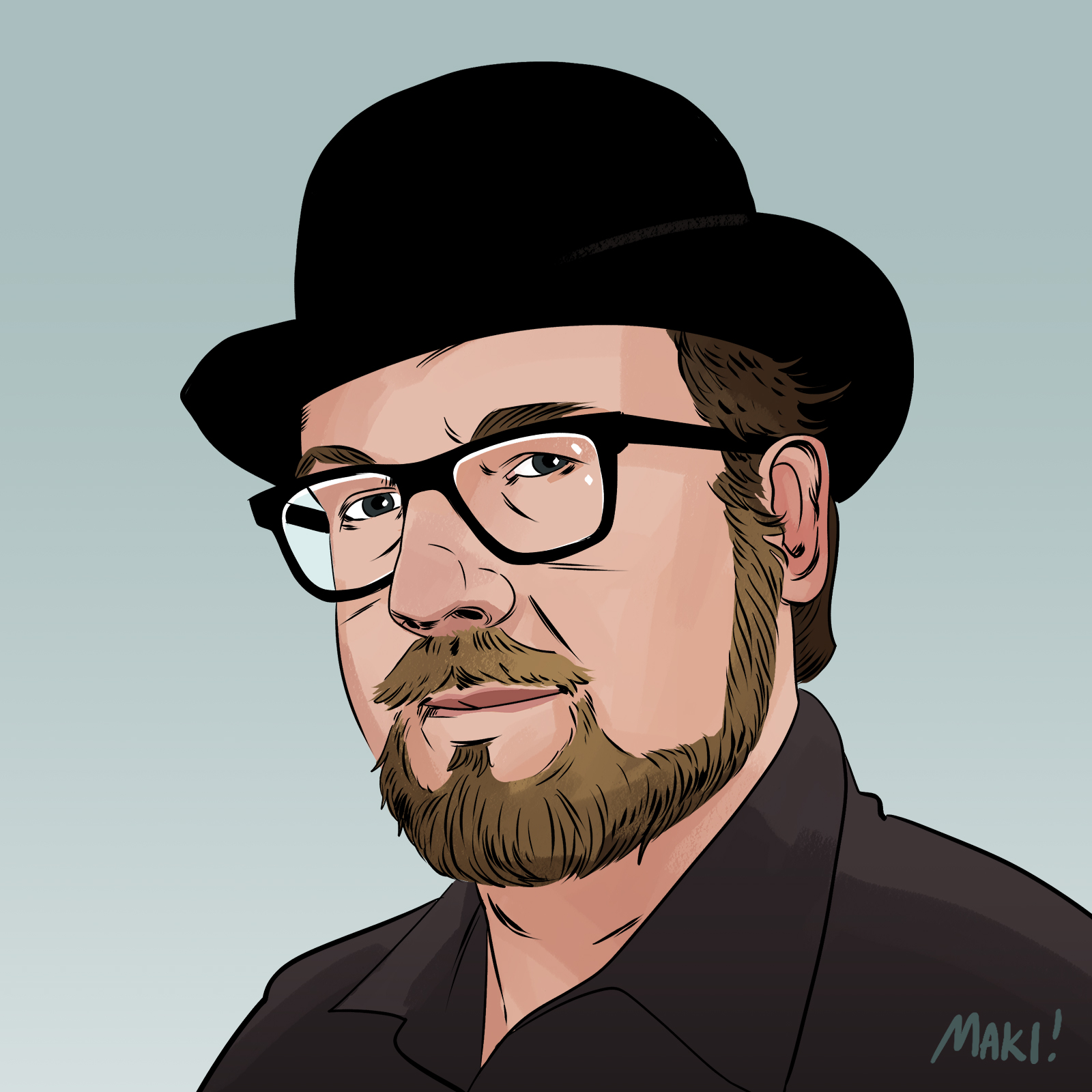As I mentioned last week, I’m reading through Experiments in Topology by Stephen Barr. It’s a pretty gentle introduction to what can be a daunting mathematical subject, and since I’m rusty on a lot of the math (and haven’t ever done much with topology before), I’m really enjoying the book. Soon enough we won’t be able to do simple fun paper-and-scissors exercises, but let’s enjoy the moment and make a few more fun shapes. This time, I’m providing plans! (Bill Cosby was not available to make a video, but you can imagine him narrating this post if you want.)

A shape I brought up in the previous paper-topology post was the Klein bottle, which we have to cheat a bit to construct. The template for you to make your own is at the right. (If you want to print it, click to get the full-sized image and print to the edges of the paper for best results.) Cut along the lines to get a cross-shaped piece. With the long arms, put a half-twist in it to and tape like a Möbius strip. With the short arms, make a cylinder around the Möbius strip. You’ll have to use your imagination for the full shape, since the “real” Klein bottle is a fully two-dimensional surface that passes through itself.

A Möbius strip has only one side, which you can see by tracing along it: you’ll come back to your starting point as with a cylinder, but you’ll end up going all the way around the circumference twice. Similarly, the Klein bottle (whose construction is comixed in the image on the left) has no inside! A cylinder has two surfaces—the inside and outside—but if you follow a path along the Möbius portion of the Klein bottle, you travel from the “inside” of the bottle to the “outside”. Using terminology from the previous posts, Klein bottles are not simply connected, and also non-orientable.
What happens if you make a Möbius twist in both arms of the cross before taping? This is results in something called the (real) projective plane. It’s even harder to visualize than a Klein bottle, but again it has no “inside”.

It also has no difference in its “north-south” and “east-west” directions: traveling any way will bring you back to your starting point while tracing along the “circumference” twice. Explaining the name “projective plane” fully is a blog post in itself, but in brief: if you imagine a shape in three dimensions illuminated by a single point of light, the image projected onto a screen will be described mathematically by the projective plane. (That’s a hard concept to grasp, so please don’t worry if this quick description isn’t good enough!) The image on the right shows my paper version of the projective plane.

Finally, I promised a template if you want to make your own paper torus (donut): here it is in the image on the right. Click on it to make it full-sized, and if you print it, make sure you have it fill the whole paper for best results. The middle section is what we want, but save the outer parts for Möbius strips (which you can’t have too many of, in my opinion). Cut along all the solid lines, and remove the bits with black dots; the comic strip below shows the various steps. Again, making a torus with a solid surface isn’t really possible with paper, so you’ll have to imagine the missing bits. (Also, if you come up with a better design, please send it to me!)

I think I’ve caught up now with what I promised to do in previous posts on topology; the next post we’ll go back to the Experiments in Topology book and talk about some implications of all this stuff. I will also continue exploring why topology is relevant in physics, following up on the hints I dropped about black holes and electric charges. Stay tuned!
